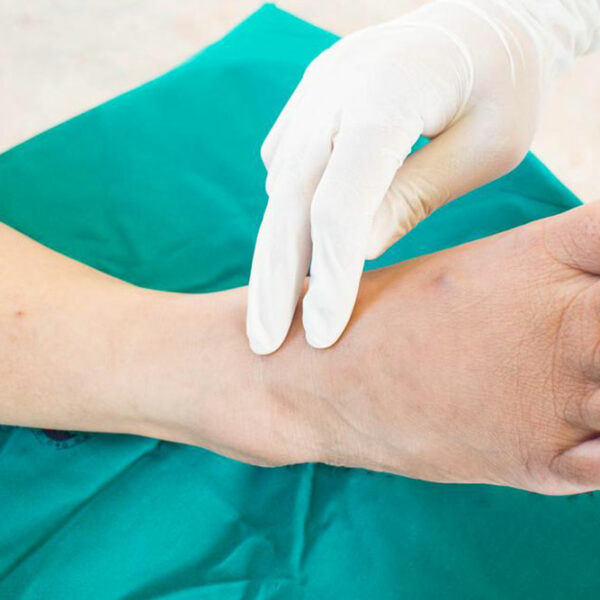
How is gangrene treated in its early stages
Gangrene is a form of decay develops because the body is unable to deliver blood to some tissues situated in a specific part of the body. Some of the most common causes of gangrene are infections, trauma, diseases which affect the arteries, etc. To gain effective and timely treatment, you should be aware of the early signs of gangrene. This because as the stages of gangrene advance, they can even cause amputation or death. The following are some early signs of gangrene A wound or an infection that doesn’t get better Fever that isn’t subsiding Increased heart rate Discoloration of the affected part which eventually turns darker and drier Blisters which may contain discharge or are bleeding Vomiting Peeling of the skin with a visible line forming between the healthy and infected skin Infected area appearing to be shiny Coldness and loss of sensation in the affected area Based on the causes, the early signs of gangrene can occur in diverse combinations for every patient. Instantly get in a touch with your general practitioner or specialist, if you observe any of these initial signs of gangrene. The doctor will diagnose gangrene with the help of medical history and signs. Some of the methods that your GP may use are blood tests, x-rays, MRI scans, lab tests of the infected tissue, etc.